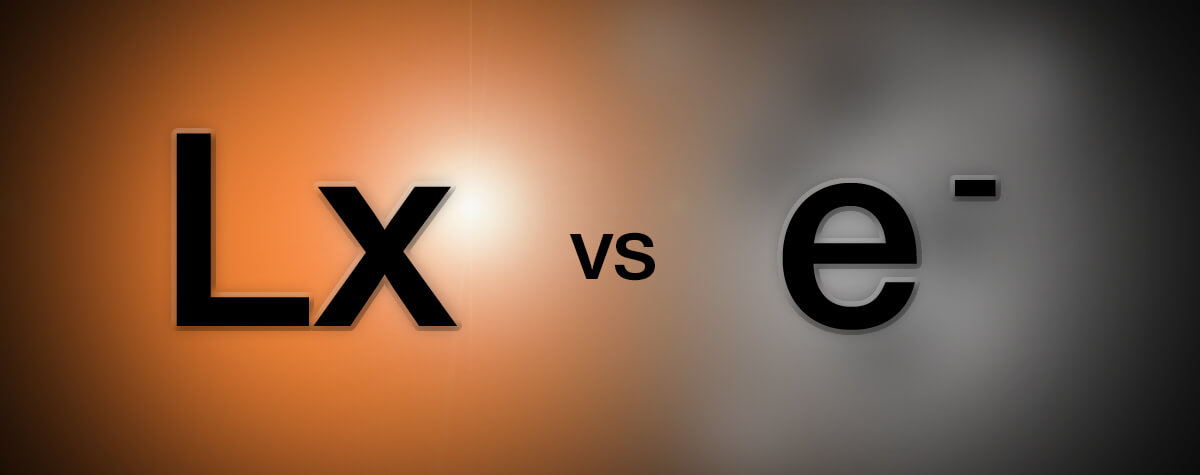Confocal and multi-photon microscopy are used for deep tissue imaging, but misconceptions about their utility have led to their misuse. We’ll plunge into tissue depths to reveal a gap in obtaining sharp images that RAYSHAPE – a solution for dynamic aberration correction – fills with clarity and brightness. Details >
Knowledge Base
Have you ever wondered how superresolution microscopy works? What’s the difference between STED, STORM, and MINFLUX? What is “resolution” and what is a “PSF”? What is so special about the STEDYCON? Read on to find out.
If you have any suggestions, questions or ideas for our knowledge base, we would be very happy to hear from you.
ContactEverything about microscopes, dyes, and superresolution
Expansion microscopy turns the attention to the specimen. It achieves high-resolution images via a chemical rather than optical approach. Preserved specimens are physically enlarged within a swellable hydrogel to allow 3D nano-imaging using conventional microscopes. Tuning the sample may sound tempting, but it comes with some relevant drawbacks. Details >
What has to be inside a STED microscope to achieve superresolution? How does its hardware differ from a confocal setup? (Hint: Not very much.) And what does that mean for the user? (Many good things.) Is handling a STED system any more complicated than using a confocal? (Not really.) Important questions – here are some in-depth answers. Details >
Since the 1990s, confocal microscopes have been a staple in labs visualizing biological or material specimens. The development of STED microscopy prompted the question: how does the established confocal microscope compare to the (now not so) “new kid on the block”? Details >
PALM and STORM are often used as synonyms, and in fact they have a lot in common. But there are slight differences that can be important for your application. And then there are other superresolution techniques, too – like STED and MINFLUX. Details >
Structured illumination microscopy offers some advantages over confocal, most notably increased resolution. Comparing it to STED, however, reveals its limitations. Details >
Which microscope has the best resolution?

The elctron microscope achieves the highest magnification and resolution. But does "highest" always equal "best"? Well, that depends on what you want to do with the resolution. Details >
Confocal microscopy offers superior optical sectioning. But what is that exactly? And what about other ways to get rid of the background, such as array-based detectors like the MATRIX? Details >
Today’s research microscopes are increasingly powerful, modular, and combinatorial. There’s a lot of options out there. While the price is unquestionably a deal-breaker for purchase, a more helpful criterion is value. Details >
For centuries, conventional light microscopy was and continues to be the workhorse of labs to visualize cells and cellular details. But the advent of electron microscopy brought about a new level of detail. Let's take a closer look at the two techniques. Details >
Deep and clear: where confocal beats out wide-field microscopy

Confocal microscopes were designed to get rid of background signal. How do they work? And when do you know it’s time to use one? The answer is in the pinhole. Details >












